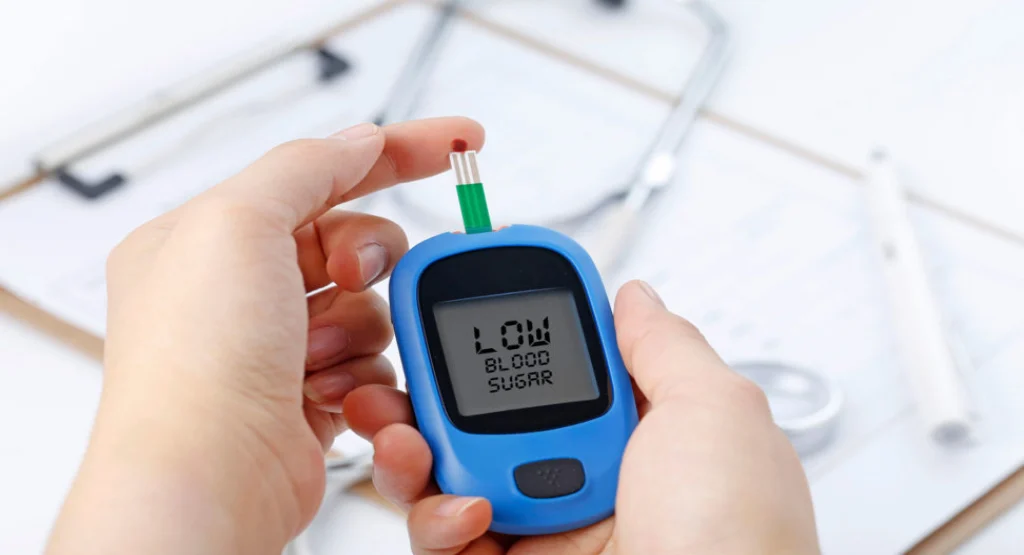Diabetes prevention in 2025 is more targeted and practical than ever, thanks to new insights into early symptoms, lifestyle tweaks, and diet upgrades that actually work. With type 2 diabetes continuing to rise globally, knowing how to stay ahead is no longer optional—it’s essential for long-term health.
Spot the Early Red Flags
Fatigue, frequent urination, blurred vision, and slow healing cuts are some of the earliest warning signs. In 2025, wearable devices and smart health trackers can detect subtle changes in blood sugar trends long before diagnosis.
Small Moves, Big Results
Lifestyle fixes don’t have to be extreme. A brisk 30-minute walk daily, improved sleep routines, and stress reduction techniques are proving powerful in halting insulin resistance in its tracks.
Fiber is Your Secret Weapon
A high-fiber diet remains a game changer. Soluble fiber, found in oats, legumes, and apples, helps regulate blood sugar and feed gut bacteria that reduce inflammation. It’s a simple but often overlooked fix.
Smarter Carbs, Lower Risk
Cutting carbs isn’t the answer—choosing the right ones is. The 2025 approach focuses on:
- Whole grains like quinoa and barley
- Root vegetables in moderation
- Limiting ultra-processed white carbs
Healthy Fats Make a Difference
Monounsaturated fats from olive oil, nuts, and avocados help keep insulin sensitivity high. These fats, when swapped for refined oils or sugars, show measurable improvements in blood glucose control.
Tech and Testing Go Hand-in-Hand
At-home A1C kits and real-time glucose monitors are empowering people to take control. Combined with personalized diet plans, early intervention is becoming easier and more effective than ever.
Final Take: Prevention Starts Early
Diabetes prevention in 2025 isn’t about perfection—it’s about timing and smarter habits. By spotting signs early, embracing a fiber-rich, balanced diet, and moving daily, the path to prevention is clearer than ever.
